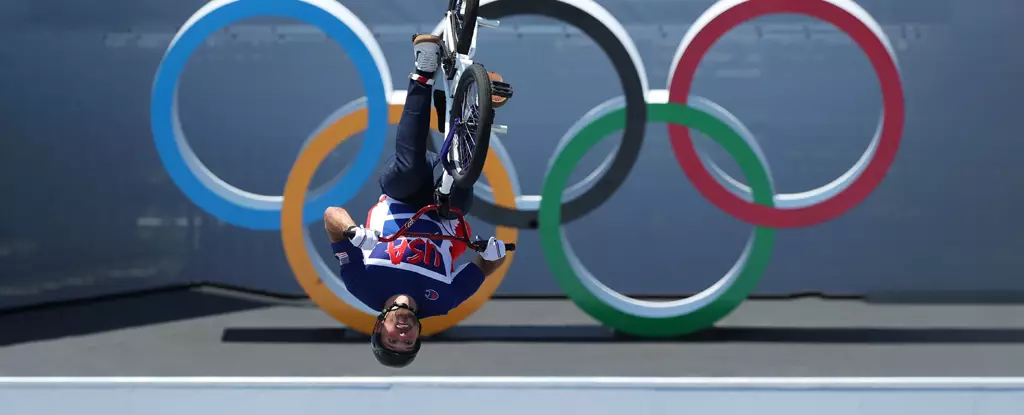The 2024 Paris Olympics has introduced the urban dance style of ‘breaking’ and the 2020 Tokyo Olympics saw the addition of seven new sports, such as karate and climbing. While overall injuries at the Tokyo Olympics were comparable to previous games, researchers discovered that some of the new sports contributed significantly to the total number of injuries. The International Olympic Committee (IOC) closely monitors injuries and illnesses at each Olympics to ensure the well-being of athletes. The report published in 2022 shed light on the incidence of injuries and illnesses during the Tokyo Games.
During the Tokyo Summer Olympics in 2021, 11,315 athletes from 206 National Olympic Committees participated, with their medical teams reporting a total of 1035 injuries and 438 illnesses over the 17-day period. This translates to approximately nine injuries and four illnesses per 100 athletes. COVID-19 affected 18 athletes, constituting less than 0.2 percent of participants. The extensive measures put in place to combat COVID-19 likely contributed to reducing overall illnesses compared to previous years.
The overall injury rate of 9 percent at the Tokyo Olympics was similar to that of previous games, such as the Rio Olympics in 2016, London 2012, and Beijing 2008. Interestingly, the highest incidence of injury occurred in sports like boxing (27 percent) and new sports including BMX racing (27 percent), BMX freestyle (22 percent), skateboarding (21 percent), and karate (19 percent). The reasons for higher injury rates in these sports vary, from weather conditions and venue layout to equipment design and athletes’ adherence to injury prevention protocols.
Heat illnesses affected 78 athletes during the Tokyo Olympics, which is not surprising given the high temperatures exceeding 30 degrees Celsius and humidity levels above 70 percent. However, the cases were relatively mild, thanks to mitigation efforts such as relocating events, recommending training in similar conditions, providing hydration and shade during events, and offering post-event ice baths. The success of these measures emphasized the importance of preparing athletes to cope with extreme heat conditions.
While the IOC praised the effectiveness of COVID-19 protocols at the Tokyo Olympics, they suggested that future games should be held in cooler environments to reduce the need for extensive exertional heat illness countermeasures. This recommendation aims to maximize athletes’ performance and minimize the resources required to address heat-related issues. Longitudinal monitoring of injuries and illnesses, as well as continuous improvement in safety measures, is essential for the well-being of athletes in future sporting events.

Leave a Reply